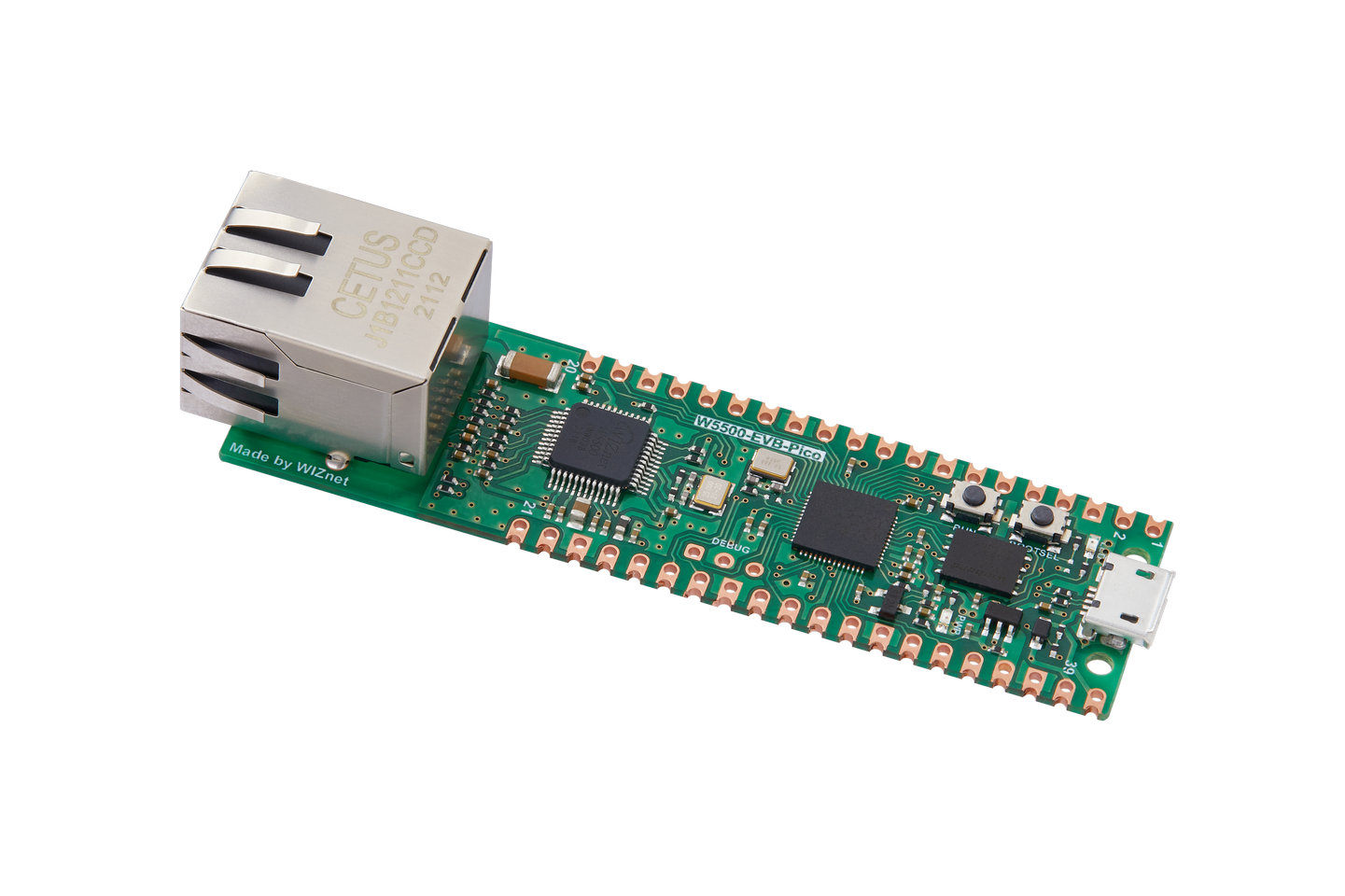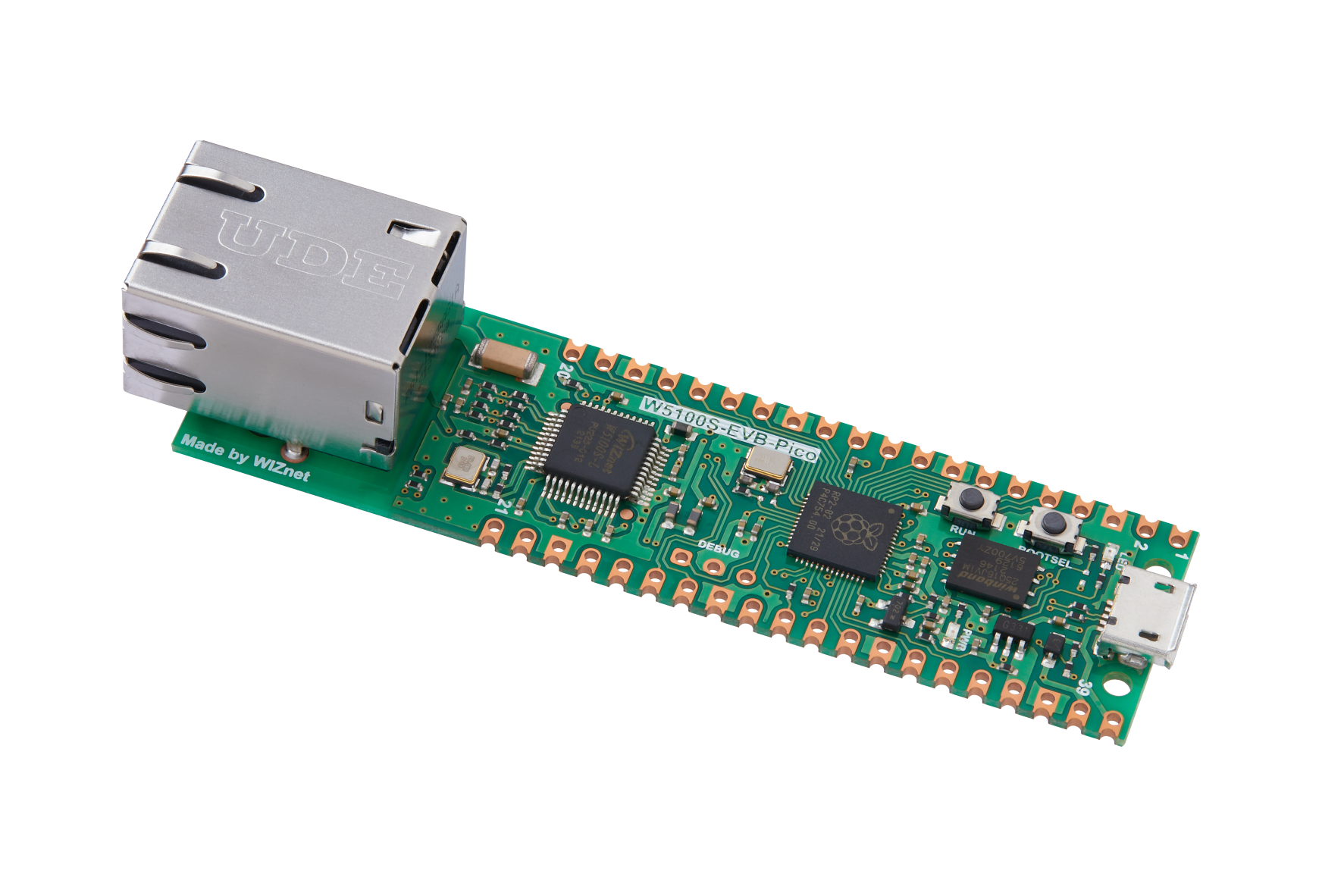Multifunctional power and distribution board for Raspberry Pi Pico and Wiznet W5100S/W5500
PCB that provides power and connectivity for the Raspberry Pi Pico, including Ethernet capabilities compatible with the W5100S or W5500.

Software Apps and online services
Description
The Pico Power Board is a meticulously designed PCB that serves as a motherboard for the Raspberry Pi Pico. It is compatible with Wiznet W5100S and W5500 for Ethernet functionalities. The board features a 12V barrel jack and a step-down converter to power the Pi Pico and other connected devices. It also includes six 20-pin IDC connectors for connecting Lighthouse lamps. Safety features like polyfuses, current measurement IC, and thermal sensors are integrated. The board is designed using KiCAD, a free and open-source EDA software, and is intended for manufacturing at JLCPCB.
WIZNET's chip in the project:
The project integrates the Wiznet W5100S-EVB-Pico or W5500-EVB-Pico chipset with the Raspberry Pi Pico. This chipset offers network controller functionalities, enhancing the project's connectivity capabilities.
Overview of the project:
Designed around the Raspberry Pi Pico, this PCB is complemented by the Wiznet W5100S or W5500 chipset. The PCB serves as a motherboard, incorporating two rows of 20-pin header sockets to facilitate the mounting of the Pi Pico on top.
Key aspects of the code:
While specific details of the code are not directly provided in the GitHub repository, the project leverages the Wiznet library and the Pico SDK to implement its networking features.
Conclusion about the project:
The PCB design aims for efficient power delivery and robust network connectivity. It integrates various sensors and protective features, ensuring both stability and functionality.
Any important notes:
The design has optimized end resistances for SPI signals. Additionally, it incorporates fuse protection for each lamp and is equipped with sensors to measure power and temperature, ensuring safety and monitoring capabilities.
Potential future development and scalability of the project:
While no specific plans for the project's scalability are provided currently, the design's flexibility suggests that it can easily integrate additional sensors or features in the future.
Any other meaningful information:
The PCB was designed using KiCAD, an open-source electronic design automation program. The manufacturing and assembly process is slated to be carried out by JLCPCB, based in China.
-
pico-power-board.kicad_sch
This file is a KiCAD schematic file that represents a schematic. It shows the electronic components used on the PCB and how they are connected.
-
pico-power-board.kicad_pcb
This file is a printed circuit board (PCB) design file created using the KiCAD program. It shows the layout, connections, and placement of components on a PCB.





